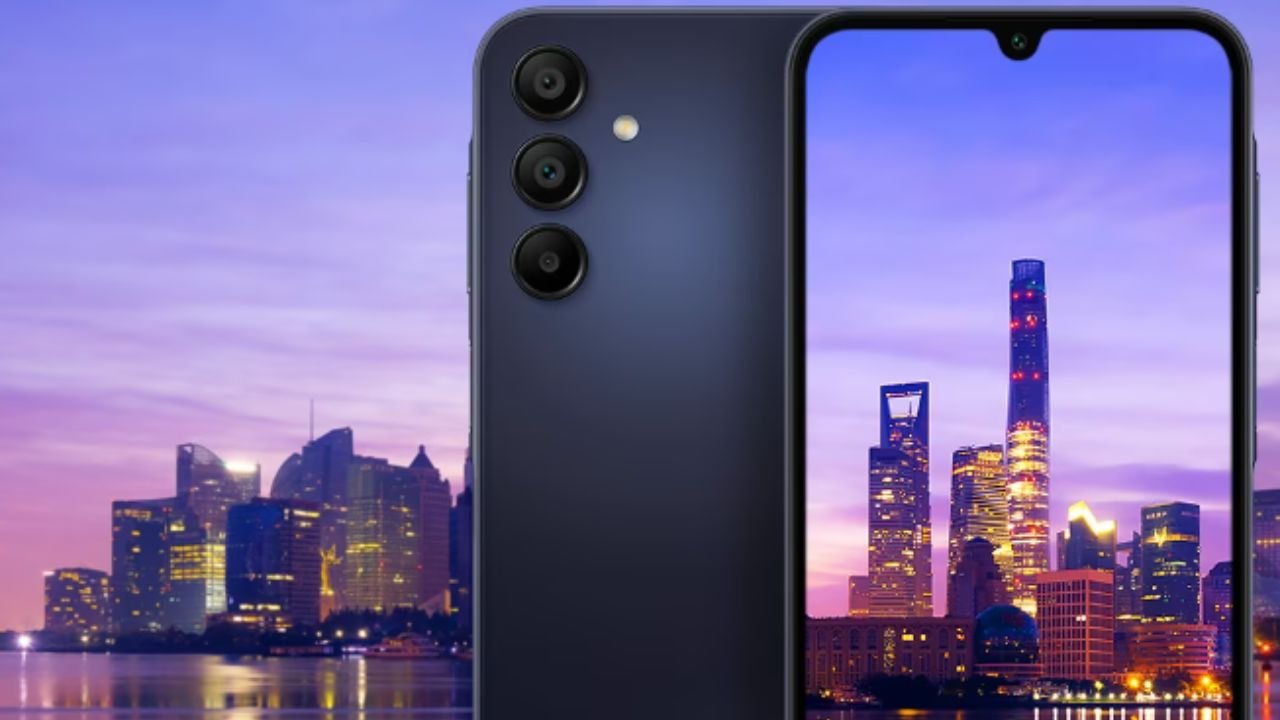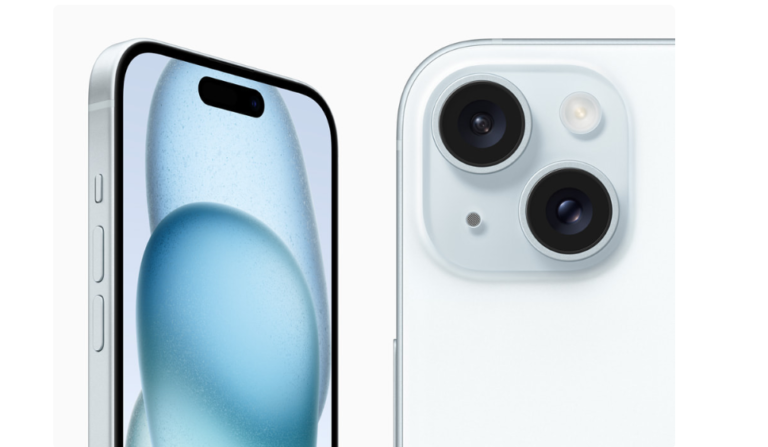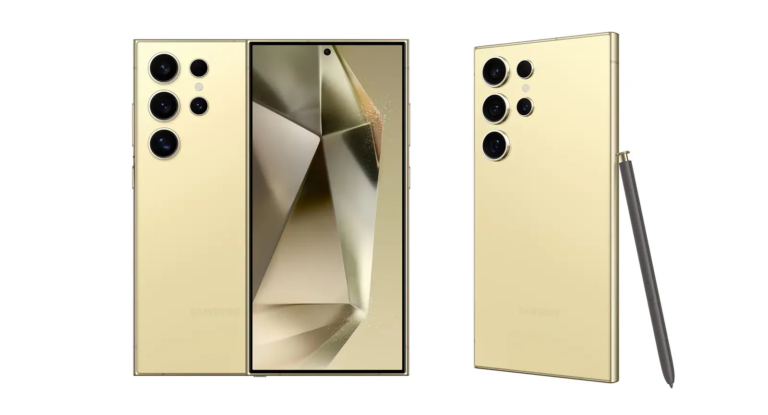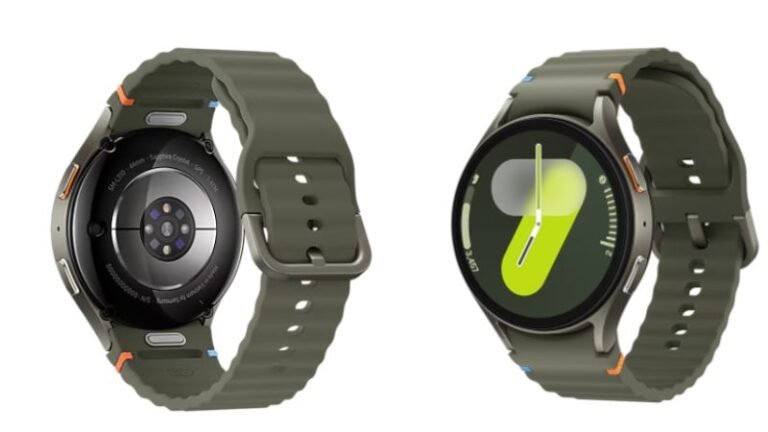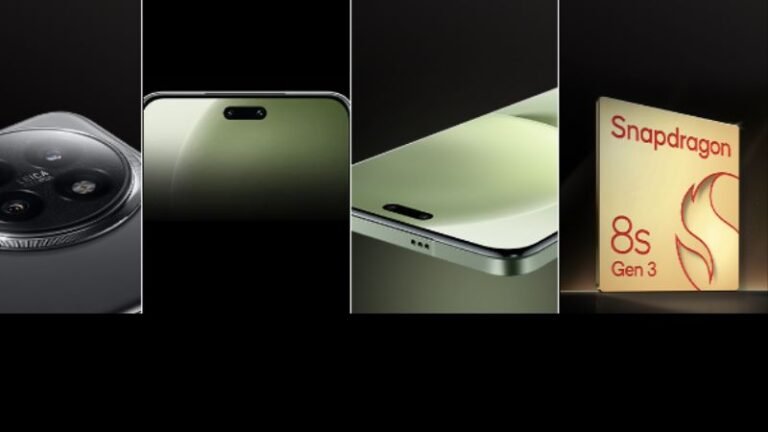Samsung Galaxy A15 5G review. Is it worth your money at a sub-$200 price point?
What is so special about Samsung Galaxy A15 5G.
Samsung is kicking off the year with a bang, and while most eyes are on the flagship Galaxy S24 series, Samsung has also released a new super affordable budget phone.
Samsung Galaxy A15 5G Intro
Enter the Samsung Galaxy A15 5G. This phone is compatible with Verizon, AT&T, and T-Mobile networks, and it comes with a price tag of just $200 (or even less if you catch a good deal).
Now, don’t expect the world at this price point (not even close), but the A15 5G holds its own in several key areas: it runs on the latest Android 14, Samsung guarantees four years of software updates, it boasts a decent camera setup, an AMOLED screen with a smooth 90Hz refresh rate, and reliable battery life.
I’ve had the chance to use and test it over the past few days, and here’s what it’s like living with this $200 phone in 2024.
Here’s what’s new about the Samsung Galaxy A15 5G:
- Android 14 with a promise for four major updates
- Generous 128GB storage
- 6.5-inch AMOLED screen with 90Hz refresh rate
- 3.5mm headphone jack
- MediaTek Dimensity 6100+ chipset with 4GB RAM
- MicroSD card support
- 5,000mAh battery
- Big bezel around it though
- $200 price
- 25W wired charge, no wireless charging
Samsung’s Galaxy A15 5G, priced at $199.99, offers a compelling package with its large, sharp display, above-average battery life, expandable storage, and competitive performance. What sets it apart is its eligibility for four years of system updates, ensuring longevity compared to its competitors.
Despite some shortcomings in build quality, the Galaxy A15 5G outperforms similarly priced options, earning our Editors’ Choice award for budget-friendly Android phones.
SAMSUNG GALAXY A15 5G SPECS
| Specification | Details |
|---|---|
| Dimensions | 6.30 by 3.02 by 0.33 inches |
| Camera Resolution (Rear/Front) | 50MP, 5MP, 2MP; 13MP |
| CPU | Mediatek 6835 |
| Screen Size | 6.5 inches |
| Battery Life (As Tested) | 14 hours, 3 minutes |
| Screen Resolution | 2,340 by 1,080 pixels |
| Operating System | Android 14 |

Design: Primarily Plastic
The Galaxy A15 shares similarities with other Samsung devices, measuring 6.30 by 3.02 by 0.33 inches (HWD) and weighing 7.09 ounces. Its dimensions closely match the midrange $599 Galaxy S23 FE and the high-end $999 Samsung Galaxy S24+, featuring rounded corners and flat sides.
While the A15 feels sturdy in hand, it lacks the premium feel of pricier Galaxy S models. The display is protected by Dragontrail Pro glass, but the back and frame are made of plastic. The front glass sits slightly above the frame, while the back plastic is slightly inset.
Like most phones in its price range, the A15 lacks an IP rating, making it susceptible to dust and water damage. In contrast, budget-friendly Motorola phones like the $169.99 Moto G Play offer better protection, with an IP52 rating capable of handling light splashes.
Samsung refers to the small protrusion housing the volume rocker and power button as the Key Island. The volume rocker slightly protrudes, offering easier access compared to the recessed power button. Notably, the power button also functions as a fingerprint reader. Initially, I found myself placing my thumb on the raised frame around the power button instead of the button itself, but eventually adapted to reliably use the fingerprint sensor.
On the left side, there’s a combined SIM and microSD card tray, while the bottom hosts a 3.5mm headphone jack, a USB-C port (USB 2.0), and a down-firing speaker. The presence of a headphone jack and microSD slot is appreciated, as these features are becoming scarce in midrange and high-end devices.
Vertically aligned on the rear are three cameras, seamlessly integrated without a camera bump. Similar to recent Samsung phones, the lenses protrude directly from the rear surface. Additionally, a selfie camera is housed within a U-shaped notch at the top of the screen.
In terms of color options, Samsung offers the A15 in Blue Black or Light Blue variants. The Blue Black model was tested for this review.
An Enhanced Display Experience
The phone boasts a sizable 6.5-inch Super AMOLED display that dominates its front surface, though it’s encased by a noticeable bezel that’s thicker than what you typically find on more expensive models. Sporting a resolution of 2,340 by 1,080 pixels, a fixed refresh rate of 90Hz, and a peak brightness of 800 nits, the display delivers vibrant visuals and smooth transitions.
In comparison, the preceding A14 model features a slightly larger 6.6-inch display but lacks the luminosity, maxing out at 500 nits. Meanwhile, TCL’s $179.99 40 X 5G offers a larger 6.56-inch panel with a similar 90Hz refresh rate, albeit with a lower resolution of 1,612 by 720 pixels. Stepping up in price, the $299.99 OnePlus Nord N30 5G boasts a 6.7-inch display with a resolution of 2,400 by 1,080 pixels, a 120Hz refresh rate, and a peak brightness of 680 nits.
Indoors, the screen impresses with its brightness, clarity, and fluid animations. However, outdoors, visibility remains decent under normal lighting conditions, though reflections may interfere, especially in daylight and at certain angles.
Performance: Delivering What You Need
Samsung equips the A15 with a MediaTek 6835 system on a chip (SoC), coupled with 128GB of internal storage and 4GB of RAM. This storage can be expanded via a microSD card up to 1TB, a substantial increase from the A14’s 64GB capacity.
While a $200 phone isn’t expected to deliver lightning-fast performance, the A15 proves to be quite capable. It adeptly handles everyday tasks such as emailing, web browsing, and media consumption, though there may be occasional lag when switching between apps.
Benchmark tests provide a more concrete measure of the phone’s capabilities. On Geekbench 6, which gauges raw computing power, the A15 achieved a single-core score of 704 and a multi-core score of 1,855.
In comparison, the TCL 40 X, powered by the MediaTek Dimensity 700, scored slightly higher at 718 and 1,959. For reference, the pricier Galaxy S23 FE and S24 scored even higher due to their top-of-the-line Qualcomm chips.
On the PCMark Work 3.0 test, evaluating general mobile performance, the A15 scored 8,734, outperforming both the Galaxy A14 and 40 X. However, the Nord N30, featuring the more robust Qualcomm Snapdragon 695 processor, surpassed them all with a score of 10,245.
Assessing graphics performance using the GFXBench Aztec Ruins test at a resolution of 2,267 by 1,041 pixels, the A15 achieved a frame rate of 8.6 frames per second (fps). While this is better than the TCL 40 X, the S23 FE and S24 demonstrated significantly higher frame rates, impacting game performance.
In real-world scenarios, the A15 smoothly runs graphics-intensive games like Genshin Impact at default settings, but struggles with higher settings, leading to choppy animations. Less demanding games like Mario Kart Tour perform well, with occasional slowdown during intense action sequences. Basic games like Alto’s Odyssey and word games run flawlessly on the device.
Battery Life: Outperforming the A14
The A15 demonstrates remarkable improvements in battery life compared to its predecessor, the A14. In rigorous battery rundown tests, streaming full HD videos over Wi-Fi with maximum screen brightness, the A15 endured for an impressive 14 hours and 3 minutes.
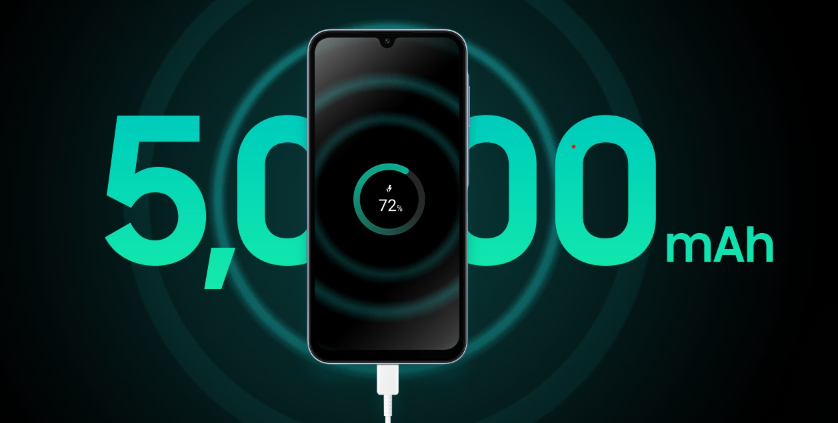
This is a significant leap from the A14’s 9 hours and 40 minutes endurance. Positioned between them, the TCL 40 X managed 11 hours and 13 minutes, while the Nord N30 achieved 11 hours and 18 minutes. Notably, all these devices house a 5,000mAh battery.
Although wireless charging is absent, the A15 offers support for 25W wired charging, an upgrade from the A14’s 15W capability. Charging the phone from 0% to 100% with a 25W charger took approximately 90 minutes.
Even a brief 15-minute charge propelled the battery to 28%, while a 30-minute charge boosted it to 49%. It’s important to mention that Samsung does not provide a charging brick, so you’ll need to procure one separately.
Average Connectivity and Call Quality
The Samsung Galaxy A15, tested on the AT&T network, is also compatible with T-Mobile, UScellular, and Verizon. It supports C-band 5G, which is widely available across the country, though it lacks support for the faster mmWave 5G found in some urban areas. Like many budget phones, the A15 does not support eSIMs, requiring the use of a physical SIM card.
On AT&T’s 5G network in New York City, the Galaxy A15 achieved peak speeds of 397Mbps down and 72.4Mbps up. In comparison, the Motorola Edge, priced at $599.99, reached 401Mbps down and 82.3Mbps up on the same network in the same location.
For Wi-Fi connectivity, the A15 supports Wi-Fi 5. When connected to a Wi-Fi 6 access point, it reached peak speeds of 412Mbps down and 9.71Mbps up. The Moto Edge, supporting Wi-Fi 6E, achieved similar speeds at 462Mbps down and 19.6Mbps up. However, when moved further away from the access point, the A15’s speeds dropped to 162Mbps down and 20.6Mbps up, while the Moto Edge experienced even poorer performance.
Call quality on the A15 could be improved. In tests evaluating the phone’s ability to filter out background noise, my voice appeared slightly muffled to the recipient. Call clarity was only marginally better without background music.
The earpiece speaker reached a maximum volume of 75.8dB, making calls audible in most environments. However, the speakerphone volume maxed out at 65.2dB, potentially insufficient to overcome ambient noise. Generally, volumes exceeding 70dB are recommended for clear calls in moderately noisy settings.
Media playback is delivered through a single down-firing speaker used for both speakerphone functionality and media playback. When playing music, a maximum volume of 97.5dB was recorded, although the sound quality lacked depth and bass frequencies. For enhanced audio, Bluetooth or wired headphones are recommended.
Completing the connectivity features, the phone supports Bluetooth 5.3, and NFC is available for mobile payments.
Cameras: Surprisingly Good at This Price Point
Samsung has made some modest changes to the cameras compared to the A14. In the A15, you’ll find a 50MP f/1.8 main camera, a 5MP f/2.2 ultra-wide camera, and a 2MP f/2.4 macro camera. While the A14 shares the same main and macro cameras, it swaps out the ultra-wide for a 2MP depth camera. Unlike the premium Galaxy S24 line, there are no AI-driven features here.
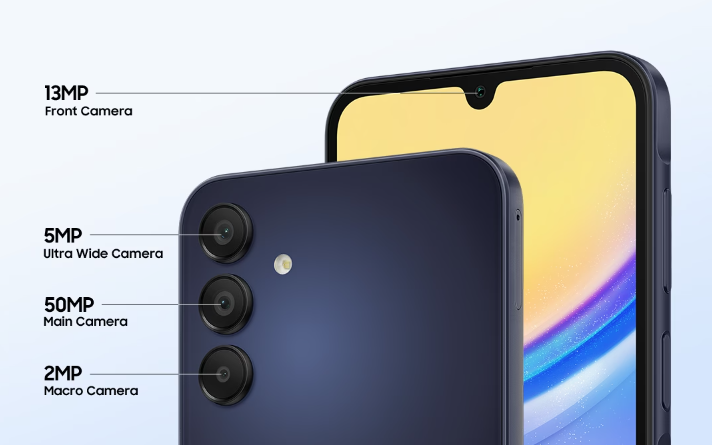
The main camera delivers the best results among the rear trio. By default, it captures 12MP images through pixel binning, but it can also snap full 50MP shots. While colors may appear slightly oversaturated, the details are crisp. Some minor lens flare may be noticeable in certain shots.
Similarly, the ultra-wide camera tends to produce vivid colors, but fine details in wide-angle shots may appear blurry, with noticeable fish-eye distortion along the edges.
Results from the macro camera can be grainy unless ample lighting is available.
The 13MP selfie camera captures a decent amount of detail but tends to lean towards oversaturated colors. Portrait mode can be aggressive by default, and the phone may struggle to accurately detect edges, especially in busy areas like hair. Fortunately, you can adjust the blur intensity using the Samsung Gallery app.
Video recording maxes out at 1080p and 30fps. Without optical image stabilization, handheld footage may appear shaky, but the overall video quality is commendable, with clear details and true-to-life colors.
In the realm of camera phones, you typically get what you pay for. While I’m generally pleased with the image and video quality offered by the $200 A15, enthusiasts may find more advanced features and sharper results by investing in a higher-priced option.
Software: Samsung’s Long-Term Support
Powering the Galaxy A15 is Android 14 with Samsung One UI 6.0 layered on top. Samsung’s software adds useful features like Edge Panels, which offer a customizable taskbar accessible via swiping, and Multi Control, allowing seamless control of other Galaxy devices from your phone.
However, what truly sets Samsung apart is its commitment to software updates. The A15 is promised four major OS upgrades and five years of security patches. This level of support is impressive, especially for a budget-friendly phone. In contrast, TCL’s 40 X is only guaranteed security updates for two years, with no commitment to OS upgrades beyond Android 14. Similarly, OnePlus offers just one Android upgrade for the Nord N30 5G, albeit with three years of security updates.
The Top Choice in Budget Phones
Priced at $199, Samsung’s Galaxy A15 5G surpasses its predecessor, the A14, with notable enhancements such as doubled storage capacity, a brighter display, and vastly improved battery longevity. With its commendable performance, prolonged battery endurance, and Samsung’s robust commitment to software updates, the Galaxy A15 5G outshines other devices in its price range. Consequently, it earns the coveted title of Editors’ Choice for affordable Android smartphones, replacing its predecessor, the A14.
Samsung Galaxy A15 5G: Overview and Final Assessment
| Pros | Cons |
|---|---|
| Quite decent main camera | Slow and stuttery performance |
| Generous 128GB base storage | Unimpressive video recording quality |
| Fun colors | Big, chunky bezels |
| Very affordable price | All plastic |
| Four years software update commitment | No wireless charging |
Considering a budget-friendly smartphone like the Galaxy A15 5G? Priced at around $200, it stands as one of the most affordable options on the market. While it may lag a bit in performance, causing slight delays in everyday tasks, it excels in other areas, making it a compelling choice.
Firstly, the phone boasts a stunning 6.5″ AMOLED display, offering vibrant visuals. Additionally, it runs on the latest Android 14 with a promise of four years of software updates, ensuring longevity and security. The camera performs decently for typical usage, and the battery life is commendable.
Despite its slightly dated design with noticeable bezels, the Galaxy A15 5G presents an enticing package for its price range. In fact, it stands out as one of the top sub-$200 phone options available in 2024.

